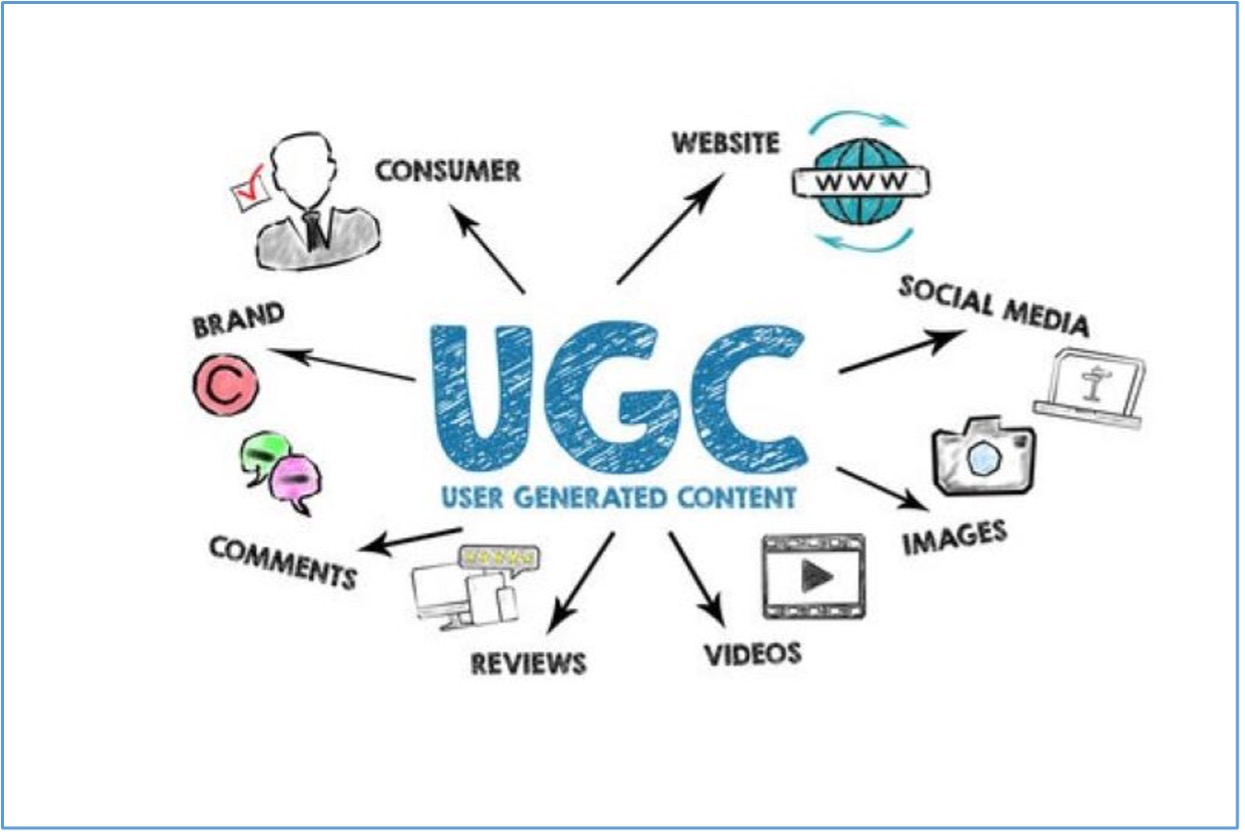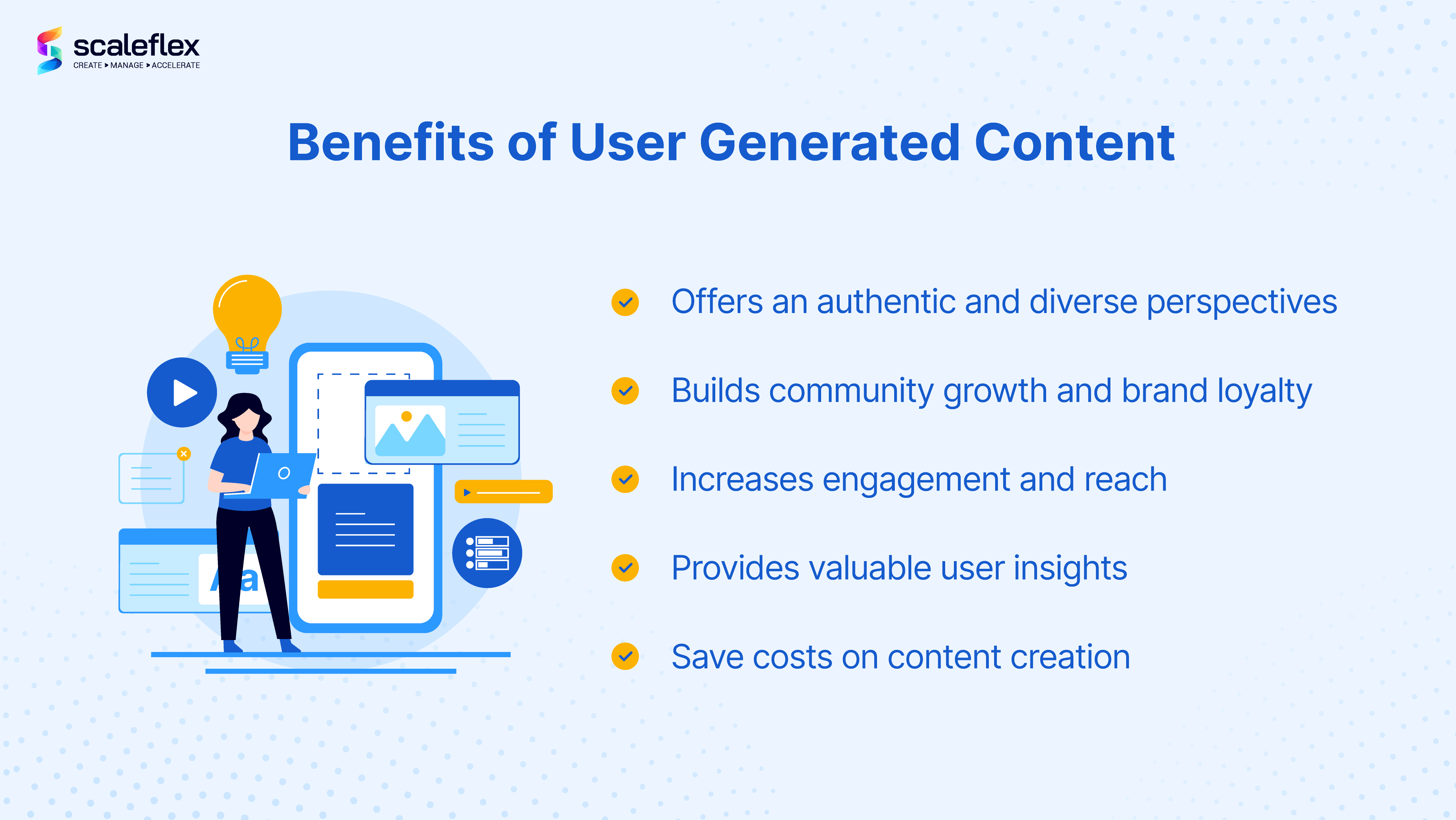Handling user-generated content (UGC) securely involves validation, sanitization, and spam protection to prevent security vulnerabilities like Cross-Site Scripting (XSS), maintain brand integrity, and ensure compliance with legal and ethical standards.
Validation ensures that user input conforms to expected formats and types before processing. This includes techniques such as whitelisting (allowing only specific characters or patterns, e.g., valid email formats) and blacklisting (blocking known malicious patterns). Validation helps reject malformed or potentially harmful data early.
Sanitization involves cleaning user input to neutralize or remove unsafe characters or code that could lead to attacks like XSS. Common strategies include encoding special characters (e.g., converting < and > to HTML entities), using libraries like DOMPurify to filter malicious HTML, and sanitizing data before rendering or storing it. For example, React automatically escapes values embedded in JSX to prevent injection, but additional sanitization is needed for attributes like href in links.
Spam protection is critical to prevent automated or malicious content submissions. Effective methods include implementing CAPTCHAs (e.g., Google reCAPTCHA) to verify human users, enabling user reporting features ("Flag" or "Report a violation" links), and establishing trust levels for users where new users’ content is reviewed before publication.
Additional best practices for secure UGC handling include:
-
Content moderation: Use AI-powered tools for real-time filtering of inappropriate, harmful, or illegal content, combined with human oversight to handle nuanced cases.
-
Clear content policies: Publish explicit guidelines on acceptable content types, prohibited behaviors (spam, malware, offensive content), and consequences for violations to set user expectations and support moderation.
-
Legal compliance and permissions: Obtain explicit permissions from content creators and respect privacy laws like GDPR when managing personalized content.
-
Brand protection: Employ malware detection, watermarking, and accessibility standards to protect brand image and intellectual property.
-
Security headers and policies: Implement Content Security Policy (CSP) headers to restrict execution of unsafe scripts and mitigate XSS risks beyond input sanitization.
In summary, secure handling of user-generated content requires a layered approach combining strict input validation, thorough sanitization, spam prevention mechanisms, clear policies, and ongoing moderation supported by automation and human review. This approach protects your platform from security threats, legal risks, and reputational damage while enabling safe user engagement.





